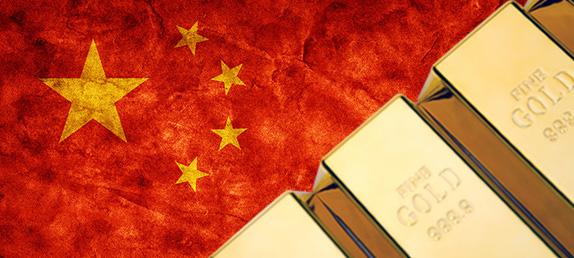
Throughout most of the 1800s and 1900s, currency around the world was tied to the value of gold. During this time, people could trade paper money for gold based on the current exchange rates. However, in the late 1930s, President Roosevelt ended dollars-for-gold exchanges in the United States, and the world began to move away from the gold standard. By the end of the 1970s, the gold standard ceased to exist in any country.
The Problem
Without the gold standard in place, the dollar has reigned supreme as the “benchmark” by which other countries determine the value of their own currencies. Unfortunately, the economic downturn and the looming debt crisis in the United States have caused problems for nations all around the globe. Emerging markets, which are usually inundated with U.S. dollars, have seen the value of their own currencies fluctuate considerably against the dollar. The more unstable the dollar appears, the more likely it is that these countries will invest in other currencies to protect their own wealth. Since emerging markets now compose more than 50 percent of the GDP in the world, their choice to invest in gold will affect everyone.
More Evidence of the Return to Gold
In anticipation of the dollar’s collapse, many countries are already buying as much gold as they can get their hands on. In fact, back in 2010, the world’s central bankers were already purchasing large amounts of gold for the first time since the late 1980s. The countries who bought gold most aggressively during 2010 and 2011 were Argentina, Turkey, Mexico, Russia, Kazakhstan, The Philippines and South Korea. During 2012 and 2013, Brazil and Iraq have added significantly to their gold stores as well.
China is also making a move toward gold. The country has recently loosened some of the controls around the Renminbi, and it may soon be backing the Renminbi with gold. Furthermore, China remains the largest producer of gold in the world, and it is set to become the largest consumer of gold as well in 2013. Experts believe that China is making these purchases in an attempt to diversify its assets. Only two percent of China’s total reserves is gold at this time, but the country is doing everything it can to increase this proportion.
Implications of a Return to the Gold Standard
The U.S. has toyed with the notion of returning to the gold standard in the past, but the idea has never come to fruition due to the significant economic problems it would cause. Without the gold standard in place, the government can print as many dollars as it needs to control the ebb and flow of the economy. However, if the gold standard were to return, the U.S. would not have enough bullion on hand to back all of the paper currency in circulation.
Unfortunately, as more countries back their own currencies with gold, it seems the U.S. may have no choice but to do the same in the future, which will undoubtedly lead to economic crisis. The value of paper money will fall dramatically, and citizens relying solely on this currency will suddenly have no real wealth to their name.
If you’re concerned about the impending return to the gold standard, the only way to protect your wealth is to invest in gold now – before paper money loses its value.


